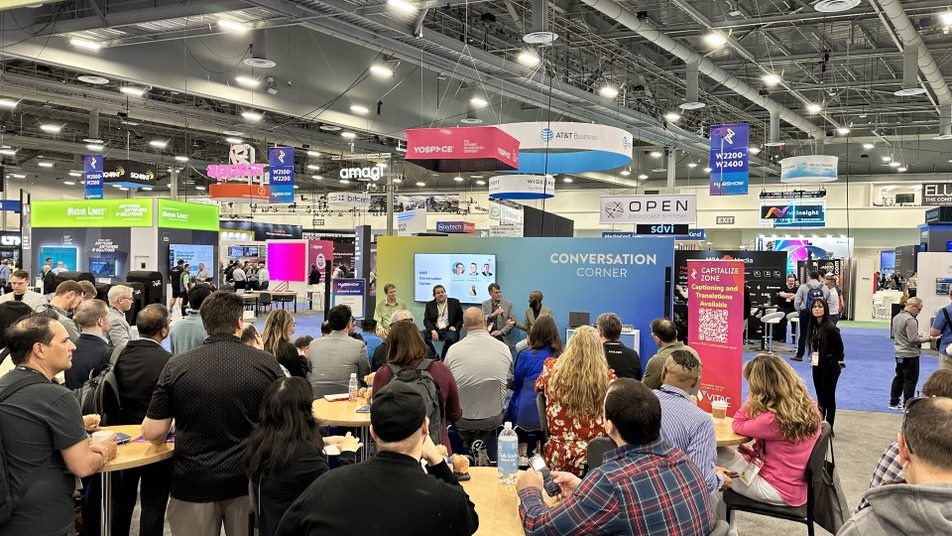The speed and scale at which the media and entertainment industry continues to evolve in the age of streaming never ceases to amaze. But while we are undoubtedly in the midst of a golden age of TV, the increased volume of production and growing global reach of many services have heralded some profound logistical challenges – encompassing everything from network distribution capacity to content localization.
The importance of the latter topic is something we can attest to at VITAC, where we focus on utilizing data-centric workflows to provide high-quality transcription, localization, and access services. Like others in the sector, we have observed the phenomenal rise in demand for these services – paralleled by a rather less pleasing growth in the complexity of data exchange. In no small part this is caused by the use of too many different script-file formats in authoring and prompting, which serves to slow down the entire localization process.
But that could soon be about to change. Netflix announced that it had decided to “remove the stumbling block” presented by multiple file formats and inconsistent localization information by developing a new authoring specification. Known as Timed Text Authoring Lineage (TTAL), the format enables the seamless exchange of script files between authoring and prompting tools in the localization pipeline.
Writing on its own technology blog, the streaming giant explained that a TTAL file is able to carry “all pertinent information such as type of script, dialogues, timecode, metadata, original language text, transcribed text, language information etc. We have designed TTAL to be robust and extensible to capture all of these details.”
As a company that always has pioneered data-driven workflows, we believe that TTAL has transformative potential. Our clients already benefit from these workflows but, as a service provider, making the case ourselves for a unified data format was always going to be challenging and potentially only have a limited impact. Netflix’s release of TTAL could be the impetus to change localization workflows across the industry.
Even in the face of increased competition from existing and emerging streaming services, Netflix boasts a subscriber base of 209 million, so logic dictates that there will be many post service providers who want to become early adopters of TTAL It also stands to reason that the vendors in the Netflix Post Partner Program (NP3) will want to ensure that they are TTAL compatible. Providing a directory of vetted partners offering services in dubbing, audio description, and scripting, the NP3 program promotes collaboration around audio localization to ensure that Netflix can deliver a consistently high-quality viewing experience worldwide.
From a vendor perspective, the roadmap is relatively clear in that they need to incorporate TTAL as a standard format in their platforms so that it becomes a regular option. Once that has happened across the market, dubbing houses and other post services can be supported to use it as a standard input format – making the entire data exchange process swift and seamless.
But, as influential as Netflix remains, the broader industry will need to get behind the format if it is to achieve lasting traction. That means that other networks, streamers, and content providers would need to adopt a format developed by their biggest rival. And, while the industry at large has made great inroads into adopting a more collaborative approach in recent years, this may just be too much to expect. Perhaps it’s more realistic to hope that other networks and platforms will recognize the benefits of TTAL and develop their own data-driven approaches, leaving standardization as the next challenge to conquer.
Whatever the short-term outlook for TTAL, VITAC’s presence in the localization sector has only reinforced our long-term view that a data-driven approach is the logical approach as content production and delivery continue to expand. In projects we are working on at the moment we see time and again the advantage of data-driven localization in terms of streamlining workflows and cutting costs. Now that one of the world’s biggest streaming services has decided to make this a major tenet of its strategy, we can only hope that the rest of the industry will follow suit.




